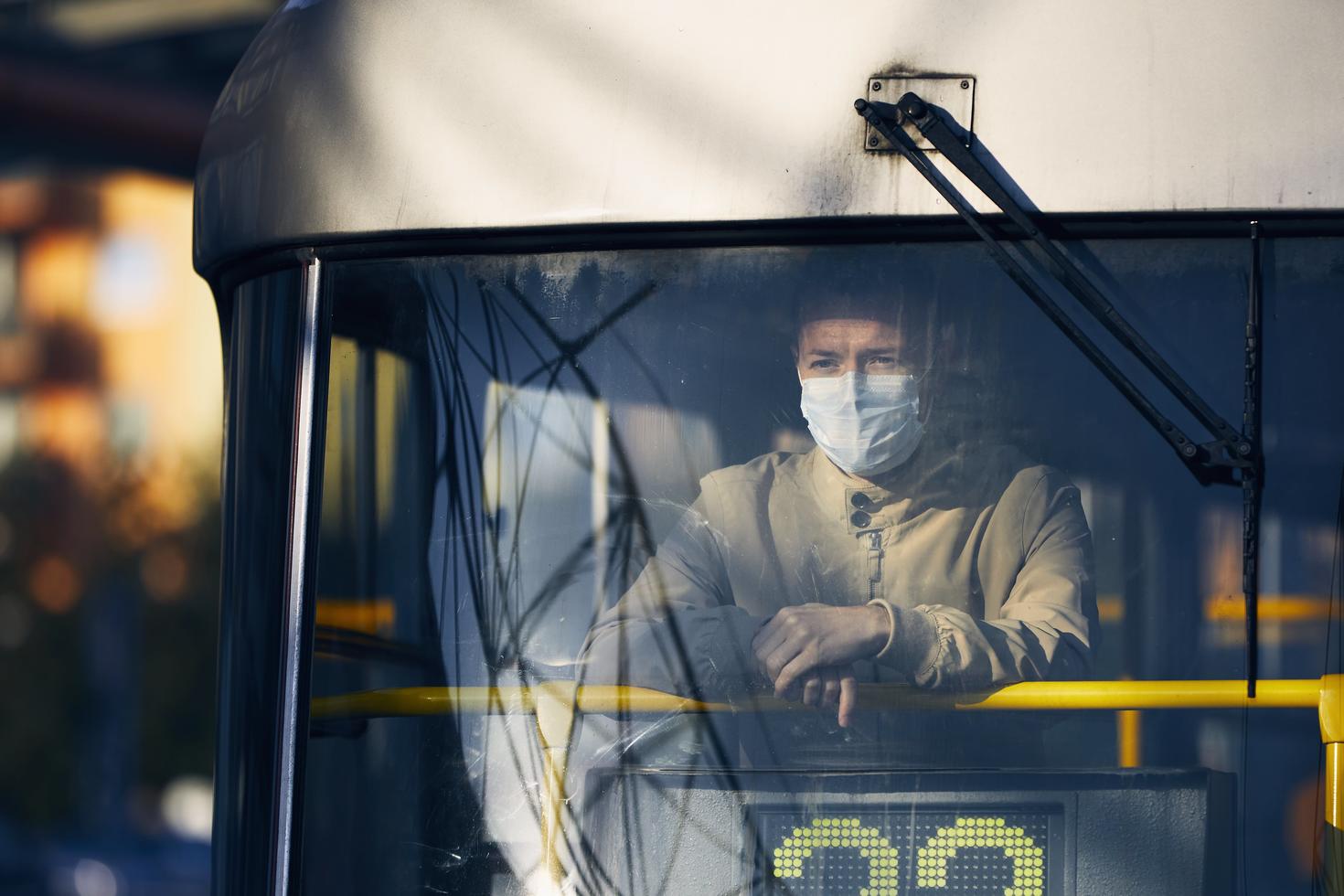Public governance reform is inevitable and necessary as the COVID-19 pandemic winds down. Here in Canada, Alberta is among the first to act. Preston Manning submitted an assessment of the Public Health Act to the Government of Alberta in November 2023. The report's core message: governments should embed public input into public health decision-making and be less reliant on expert advice. The central claim made in the report, echoing concerns raised in a number of countries, is that governments relied on a narrow range of scientific advice during the pandemic rather than making choices that reflected a broad range of public concerns. The result, the Report argues, is that governments went too far, that restrictions on individual freedoms were too onerous, and that requiring masking and vaccination was unreasonable. Taken together, the Report’s recommendations are designed to alter dramatically – even weaken – the role of an independent, autonomous Chief Medical Officer of Health (CMOH). The Government of Alberta responded quickly, accepting some (but by no means all) of the Report’s core ideas: in December 2023, the Legislature approved amendments to the Public Health Act, which give the Premier and Cabinet more authority during a public health emergency while simultaneously restricting the authority of the CMOH.
But is Manning’s diagnosis correct? Was pandemic decision-making overly reliant on a narrow range of scientific advice? If so, how can we explain that others think that governments did not go far enough, did not make pandemic-related decisions that reflected the best available science, and that, as a result, public health, as one commentator put it, has lost its soul? The answer may simply be that critics use an overly simple juxtaposition of ‘science’ and ‘public’. They make three assumptions that are more likely just plain wrong.
The first is that there is a single view from ‘science’ on responding to public health threats. In fact, there will always be disagreement, sometimes even raucous, among scientific and public health experts. For example, when it comes to containing the spread of the COVID-19 virus, team droplet (‘wash your hands’) disagrees with team aerosol (‘install air cleaners’). Virologists disagree with epidemiologists, experts disagree on the degree of risk and how to manage it, and family physicians challenge the advice of public health experts. Most importantly, perhaps, some of this disagreement is not about the science at all. Instead, it is about selectively using scientific evidence to advance a more profound, normative preference for reconciling individual freedom and our collective interest.
The second assumption is that science advice is a value-free zone, that advice from inside and outside experts is somehow divorced from public concerns. In fact, public health science is boundary science. Our research shows that the advice to governments from CMOHs considers the context and the trade-offs. In this sense, CMOHs are doing their job. To be effective, CMOHs need to do more than be a cypher or conduit for scientific research into policy making. CMOHs are part of a team of advisors who understand that if their advice is to have an impact, it must consider who they are advising and the likely public reaction to sometimes intrusive and dramatic actions required to respond to a public health emergency. In other words, effective public health requires public trust, not just the force of law. So, public health during the pandemic did not ‘lose its soul’ because the government arm failed to translate science into government policy. Instead, as senior public servants, CMOHs appropriately sought to reconcile their synthesis of the available science with the overall context and the degree to which the government had the social license to pursue specific policies.
The third and most important assumption that underlies calls for more public input into public health decision-making is that government choices were driven by the recommendations of scientists and doctors both inside and outside government (or, in some cases, were made by government experts themselves). Some governments did claim to be “following the science” and seemed to suggest that there was little or no room for public input as critical decisions were being made by senior public health officials. However, our research suggests this claim was rhetorical at best. Decisions about how best to respond to the COVID-19 pandemic were and should be, made by those we elect. In a representative democracy, elected politicians are empowered to discern the public interest as best they can and make choices that reflect their judgement, flawed it may prove to be. During the COVID-19 pandemic, elected officials did just that. We might not agree with those choices – too few or too many COVID-related restrictions – but this is not the same as saying decisions did not reflect public concerns.
It is easy to claim that we should embed public input into public health decision-making to balance the powerful role of scientific experts. When done right, both can increase public legitimacy and support. But there is enormous diversity and disagreement within and between the boxes labelled ‘science’ and ‘public’. Our collective challenge is to invent new ways to incorporate both into public health decision making. Only then can we turn what should have been done into what we do next time.

